Every plant lover starts somewhere—often with a dream of lush greenery and colorful blooms. But what many beginners don’t realize is that gardening comes with its own set of surprises, setbacks, and steep learning curves. It’s not just about watering and waiting. From soil choices to sun exposure, there are things you only learn after a few plant casualties.
Whether you’re planting in a backyard, on a balcony, or just a windowsill, there are key lessons that could save you time, money, and frustration. Seasoned gardeners know the pain of overwatering, choosing the wrong spot, or falling for “easy-care” plants that turned out to be anything but. Luckily, you don’t have to make the same mistakes to learn from them.
In this list, we’re sharing 16 honest, practical things that experienced plant lovers wish they had known from the start. Think of it as a crash course in everything they don’t print on seed packets or plant tags—real advice that’ll help your garden thrive from day one.
Understanding Soil Composition
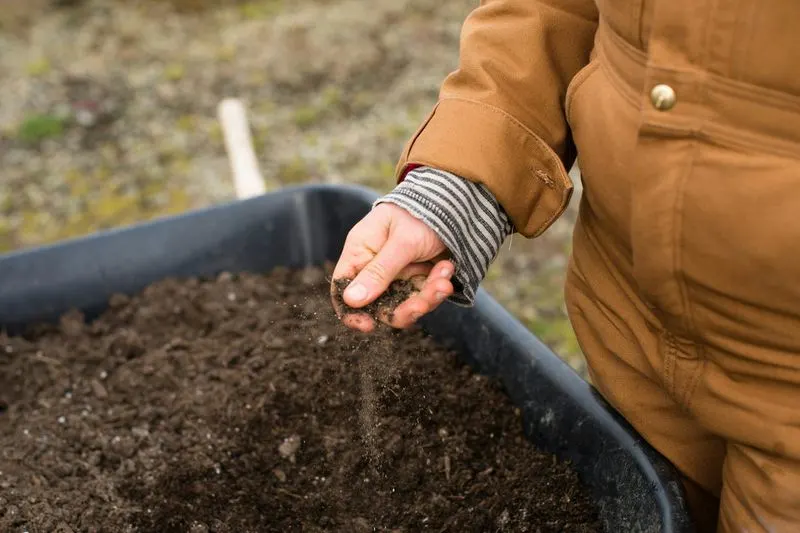
Soil is more than just the dirt under your feet. Its composition, which includes sand, silt, and clay, can significantly affect plant health. Knowing the right mix can be a game changer for any garden. Testing your soil can reveal its pH level and nutrient content, guiding you to amend it accordingly. Consider your plant’s specific needs; some thrive in sandy, well-drained soils, while others prefer a richer, loamy base. Don’t underestimate the power of quality soil. Providing the right foundation helps in unlocking a garden’s true potential.
Sunlight Requirements
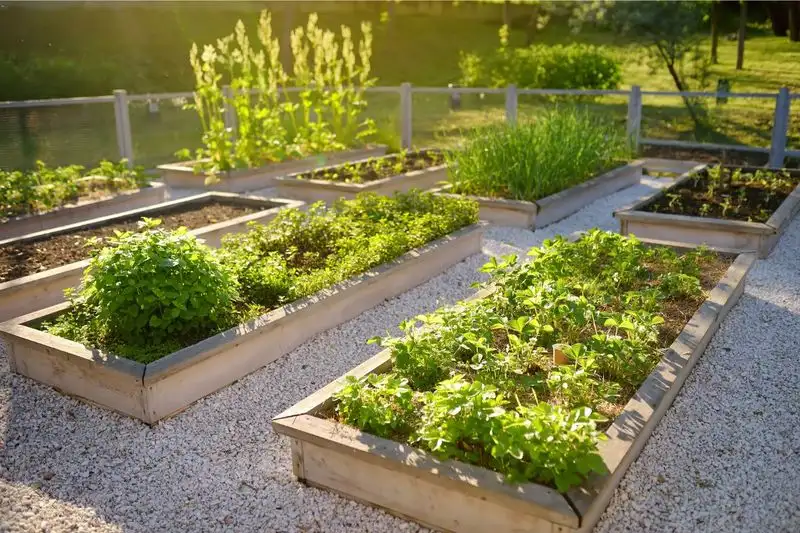
Not all plants bask in the sun’s glow. Each species has its own sunlight requirements, ranging from full sun to partial shade. Observing how light moves through your space during the day helps in planning plant placement. Too much or too little sunlight can stress plants, affecting growth and blooming. Consider creating microclimates in your garden by using taller plants to provide shade for sun-sensitive species. A little observation and adjustment can lead to a thriving garden where plants receive exactly what they need.
Watering Techniques
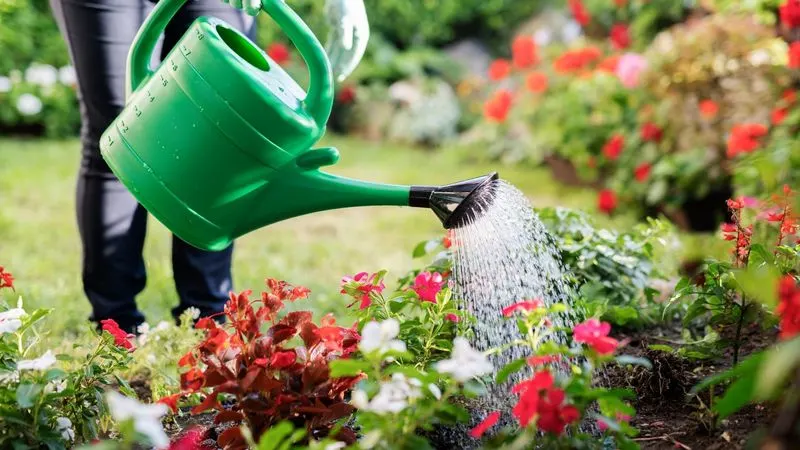
Over-watering is a common pitfall for novices. Understanding your plants’ hydration needs is crucial. Some plants prefer a deep soak, while others thrive with less frequent watering. Drip irrigation systems offer a practical solution for efficient water usage, delivering moisture directly to the roots. Observing soil moisture levels helps in developing an intuitive watering schedule. Remember, roots need air to breathe too; don’t drown them. Striking the right balance ensures healthy, robust plants that can withstand dry spells and thrive beautifully.
Plant Selection for Climate
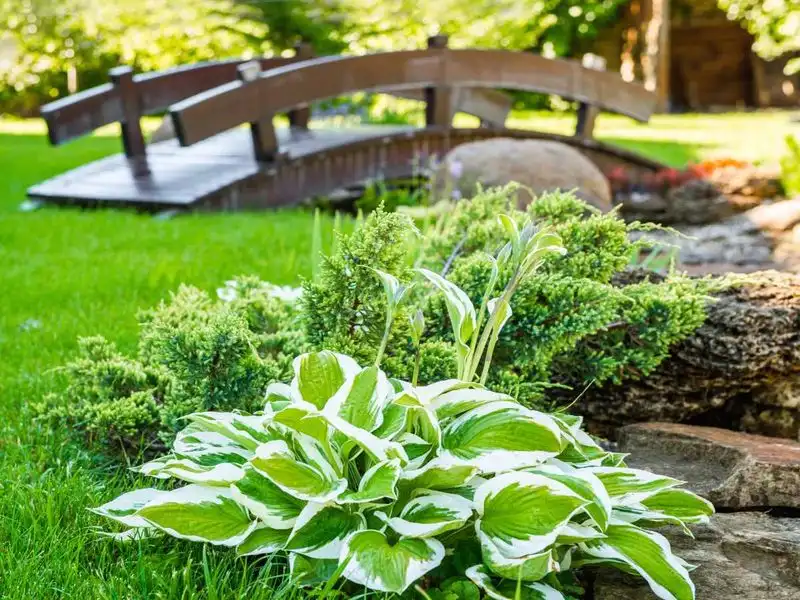
Climate plays a pivotal role in determining which plants will thrive. Native plants are often well-suited to local conditions, requiring less maintenance and water. Research your area’s climate zone to select plants that are adapted to your environment. This not only increases the likelihood of success but also supports local biodiversity. Don’t be tempted by exotic species that demand conditions you can’t provide. By working with nature, rather than against it, you’ll cultivate a more sustainable and resilient garden.
Pest Management Strategies
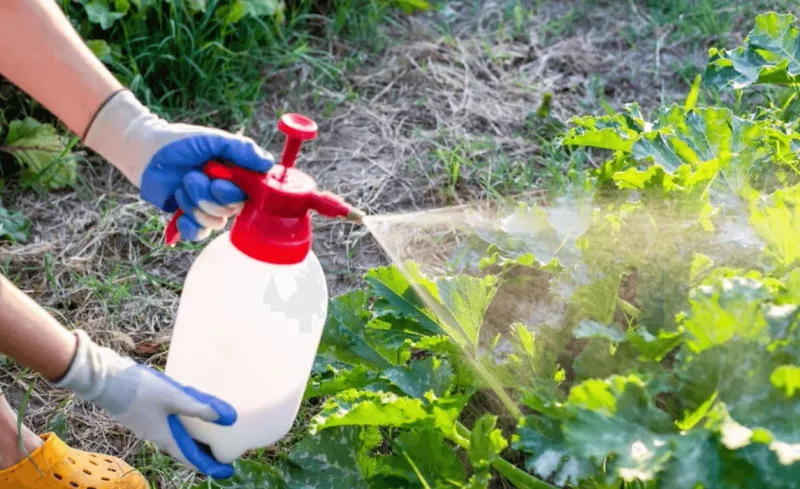
Pests can be a gardener’s nemesis, but reaching for harsh chemicals isn’t always the answer. Integrated Pest Management (IPM) involves using natural predators, such as ladybugs, to keep pest populations under control. Companion planting with species like marigolds can naturally deter unwanted insects. Regular monitoring and early intervention are essential to prevent infestations from taking hold. By adopting eco-friendly pest control methods, you protect your garden’s health and contribute to a balanced ecosystem.
Seasonal Planting Guide
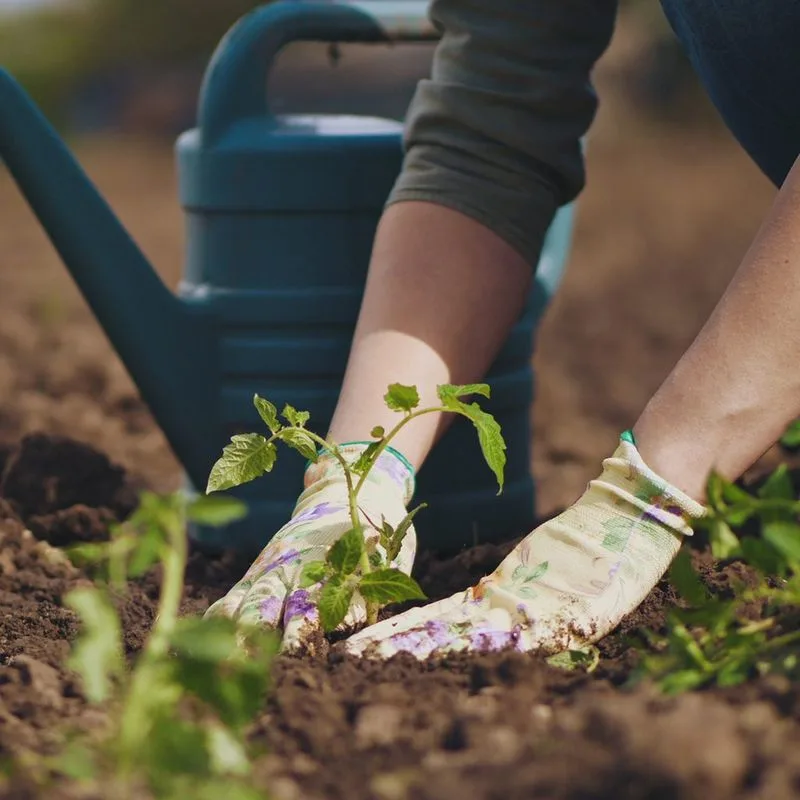
Timing is everything in gardening. Planting with the seasons ensures that your garden is in tune with natural growth cycles. Researching the best planting times for your chosen species maximizes growth and harvest potential. Spring and fall are peak planting seasons for many vegetables and flowers. Consider using a planting calendar to keep track of your gardening activities. Understanding these rhythms helps in planning ahead, allowing you to enjoy a continuous display of colors and flavors throughout the year.
Composting Basics
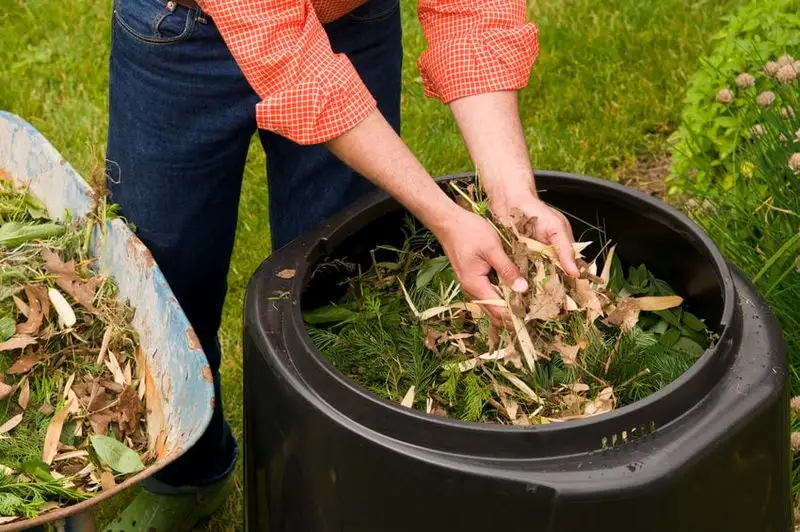
Composting turns waste into gold for your garden. By recycling kitchen scraps and yard waste, you create nutrient-rich compost that enhances soil fertility. The process requires a balance of greens (nitrogen-rich materials) and browns (carbon-rich materials) for effective decomposition. Regular turning and adequate moisture levels are key to a healthy compost pile. Incorporating compost into your gardening routine not only reduces waste but also improves soil structure and nutrient content, leading to healthier plants.
Pruning Techniques

Pruning is an art that encourages growth and maintains plant health. Removing dead or diseased branches helps prevent the spread of disease and promotes airflow within the plant. Different plants have distinct pruning needs; for instance, roses benefit from a hard prune, while light trimming suits lavender. Timing is crucial—some species require pruning in winter, while others need attention in spring. Learning the nuances of pruning can transform your garden, fostering vibrant and productive plants.
Mulching Benefits
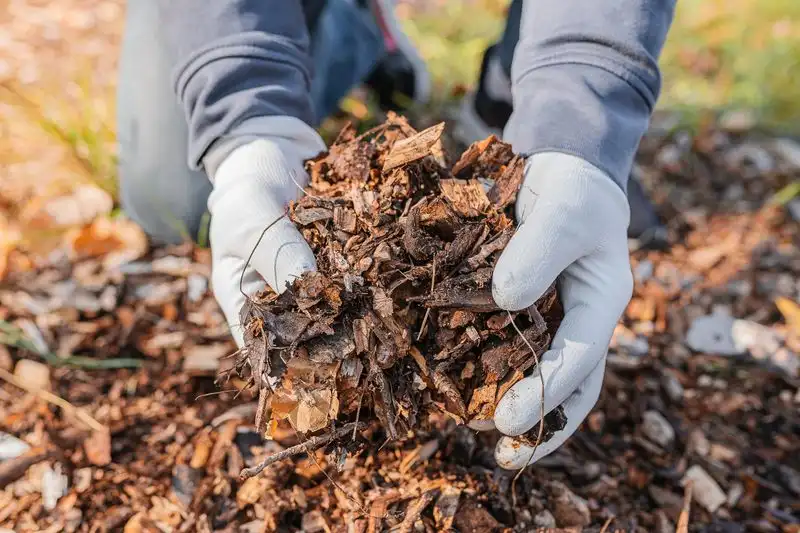
Mulch is a gardener’s secret weapon. It conserves moisture, suppresses weeds, and improves soil structure, all while adding an aesthetic touch. Organic mulches, like wood chips or straw, decompose over time, enriching the soil naturally. Applying a generous layer around plants can drastically reduce the need for watering and weeding. Choose the right mulch for your plants and climate to maximize benefits. Mulching not only enhances your garden’s health but also simplifies maintenance, giving you more time to enjoy the fruits of your labor.
Recognizing Plant Diseases

Plants, like people, can fall ill. Early detection is vital to managing diseases before they wreak havoc on your garden. Familiarize yourself with common symptoms such as spots, wilting, or discolored leaves. Integrated Disease Management (IDM) combines cultural, biological, and mechanical methods to reduce disease impact. Regularly inspecting plants and maintaining proper hygiene can prevent many problems. Cultivating disease-resistant plant varieties adds an extra layer of protection. Being vigilant not only saves plants but also keeps your garden thriving.
Fertilizing Wisely
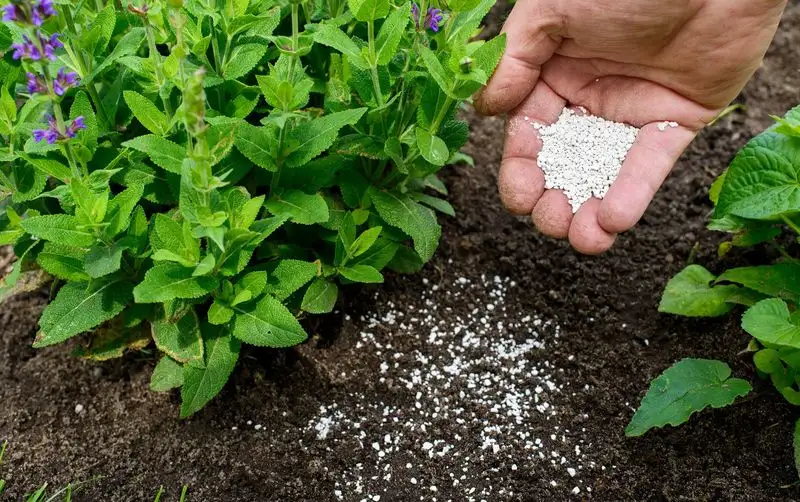
Fertilizing is key to robust plant growth, but more isn’t always better. Over-fertilization can harm plants and the environment. Understanding your soil’s nutritional needs through testing guides your fertilization strategy. Choose organic options like compost or fish emulsion for gentle, sustained feeding. Different plants require varying nutrient ratios; for example, leafy greens thrive with higher nitrogen levels, while flowering plants need more phosphorus. By tailoring your approach, you ensure lush, healthy growth without unnecessary waste.
Creating Biodiversity in Your Garden
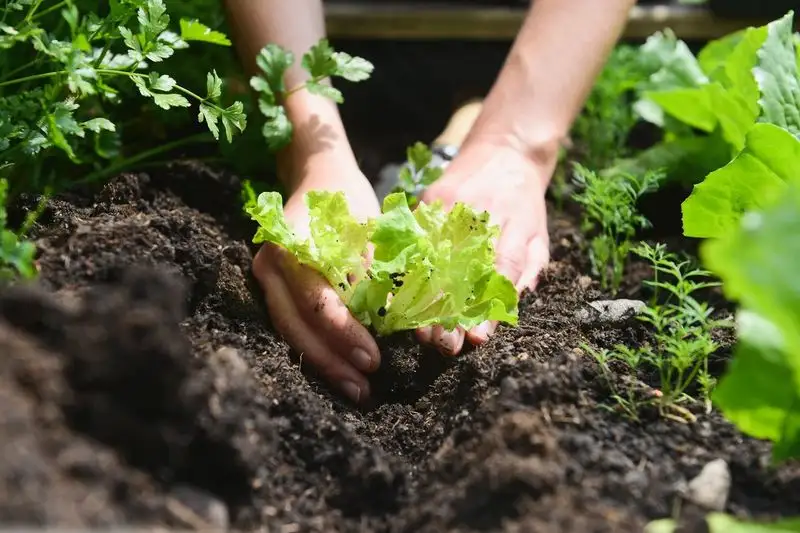
Biodiversity enriches your garden, offering a sanctuary for wildlife and enhancing ecosystem balance. Incorporating a variety of plants attracts beneficial insects and pollinators, which can aid in pest control and improve plant health. Diversity in plant selection creates resilience against diseases and environmental changes. Consider layering plants vertically and choosing a mix of annuals and perennials for continuous interest. A biodiverse garden thrives with minimal intervention, providing beauty and ecological benefits.
Gardening Tools Essentials

The right tools make gardening a pleasure rather than a chore. Investing in quality essentials like a sturdy spade, pruners, and a hoe can save time and effort. Ergonomic designs reduce strain and increase efficiency, making tasks more enjoyable. Regular maintenance, such as cleaning and sharpening tools, prolongs their life and readiness. As you become more familiar with your garden’s needs, you can expand your tool collection. A well-equipped gardener is always prepared for any task, ensuring a seamless gardening experience.
Planning for Growth: Spacing
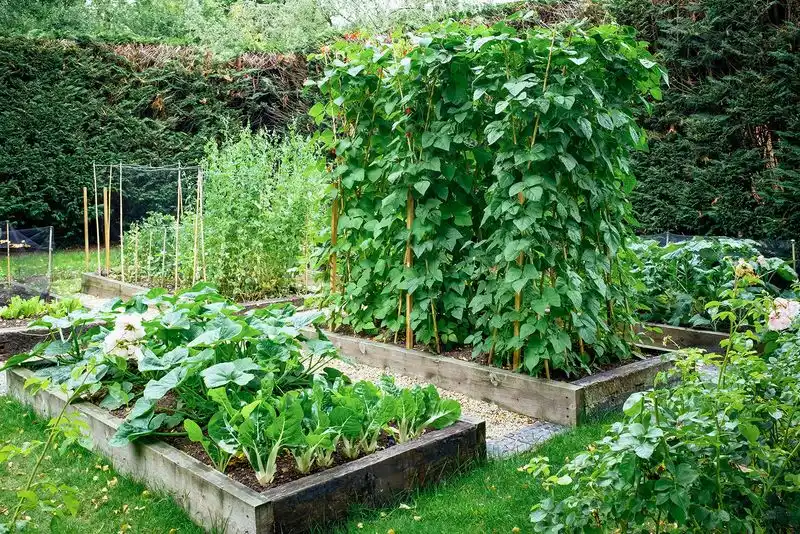
Crowding plants can lead to competition for resources and increased disease risk. Proper spacing ensures each plant receives ample sunlight, air circulation, and nutrients. Consider the mature size of plants when planning your layout. This foresight reduces the need for later adjustments that can stress plants. Adequate spacing also simplifies maintenance tasks like weeding and harvesting. A thoughtfully arranged garden not only looks appealing but functions optimally, allowing plants to reach their full potential.
Patience and Observation
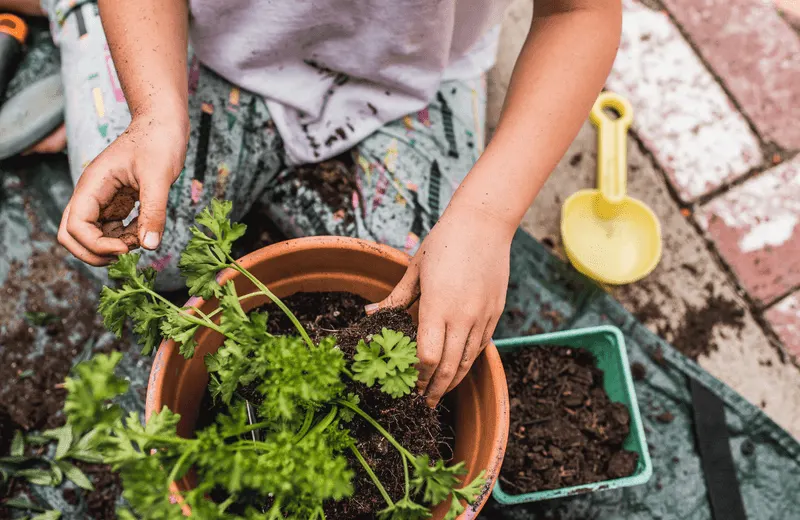
Gardening is a lesson in patience. Observing your plants regularly can reveal subtle changes and needs. This practice fosters a deeper connection with your garden, enabling you to respond more intuitively to its rhythms. Patience allows you to appreciate nature’s pace and celebrate small victories, like the first bloom or a new sprout. Embrace the slow, rewarding journey of gardening, where patience truly yields results. The garden becomes a space for reflection and discovery, a reminder of nature’s beauty and resilience.

